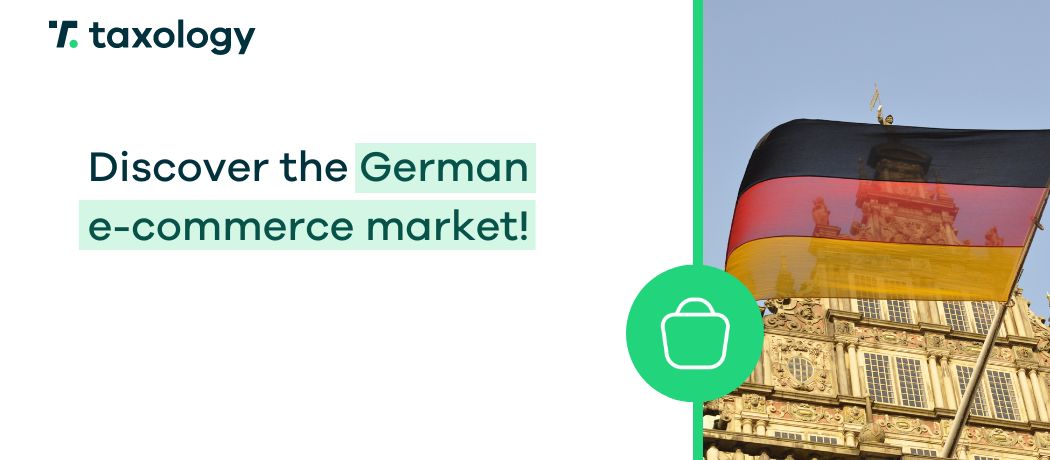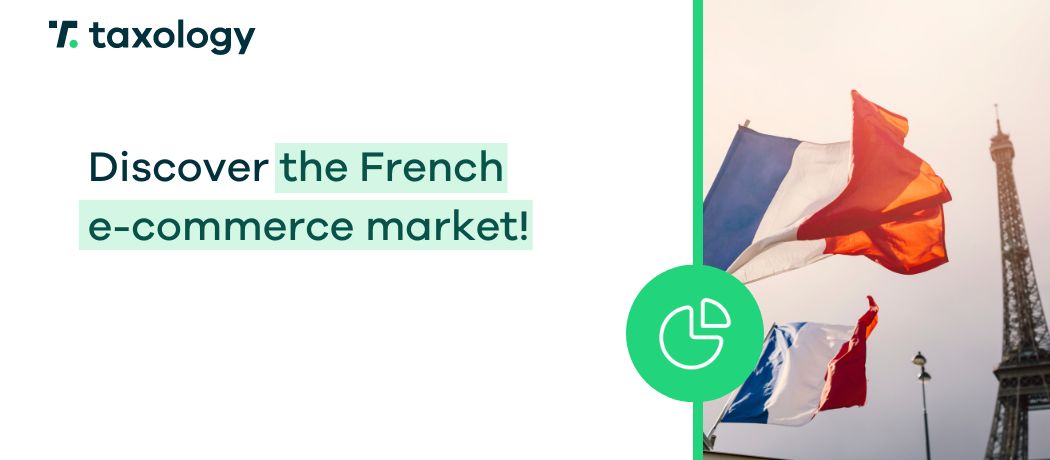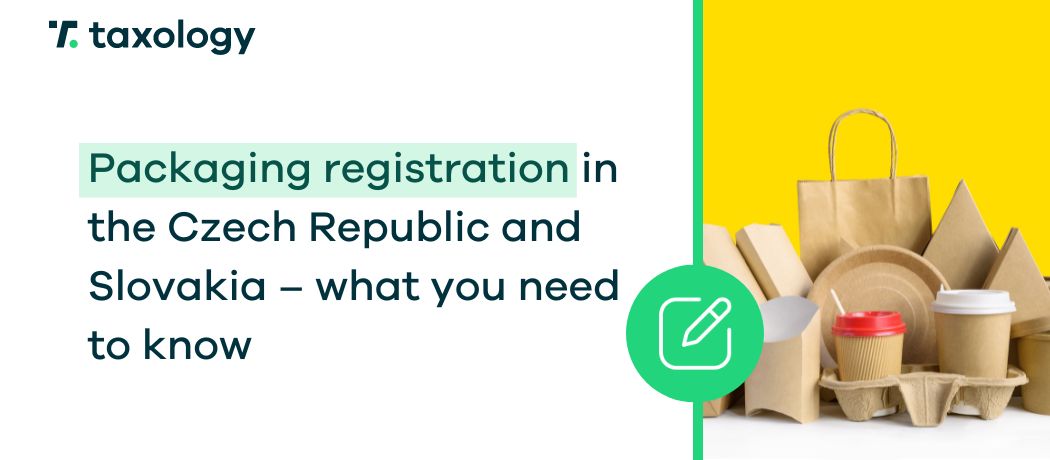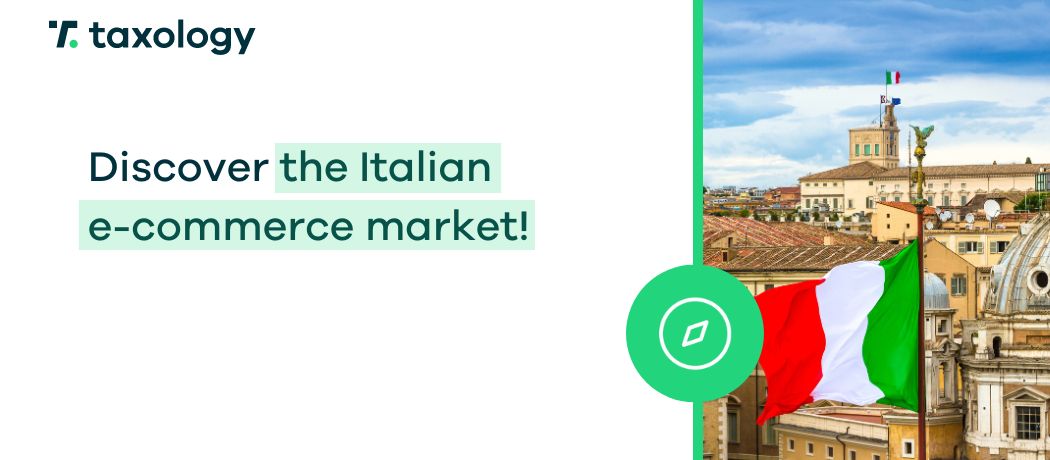France is one of the largest and wealthiest countries in Europe, making it an extremely attractive market for expansion for many entrepreneurs in the e-commerce sector. However, like any other […]
Read in: 5 minDiscover the German e-commerce market!
- Last update:
- Published: 01.03.2024
- Read in: 6 min
The e-commerce industry has been continuously evolving for years, with the pandemic in 2020 acting as a catalyst for this process’s particular acceleration. This is no different in the sector in Germany, which is the second (or third, depending on data interpretation) most populous country in Europe and a very attractive development direction for many entrepreneurs. Not only because of its large population but also due to the wealth of society, technological advancement, and highly developed logistical and sales infrastructure.
If you want to get to know the German e-commerce market, we invite you to read this article!
Demographic Data
Analyzing the German market, let’s start with demographic data, which will help us understand the scale of the e-commerce industry in this country.
The first significant factor is the population, which at the end of 2023 amounted to 84.7 million people in this country, making it the 2nd or 3rd most populous in Europe, depending on whether Turkey is considered a European country.
Moreover, as many as 67.9 million citizens made an online purchase in 2023!
Average Monthly Salary in Germany
Germany also has the largest European economy, surpassing the UK and France. In 2022, the gross domestic product in this country was over 3867 billion euros.
This also translated into average annual earnings in European countries, which in Germany amounted to almost 59,000 euros in 2022.
Access to Mobile Devices and Payment Methods
Moreover, in 2021, more than 62.5 million people in Germany used smartphones, and in 2022, 84% of German society had access to the internet using mobile devices.
According to Eurostat data, in 2023, as much as 92.5% of individuals had access to the internet in general.

Need help with VAT or e-commerce accounting?
You’ve come to the right place! Contact us and our specialists will take care of the rest – your accounting in e-commerce and/or issues related to VAT or VAT OSS – registration, settlements and declarations!
Schedule a consultationPayment Methods
In 2020, in Germany, the most, 93.6% of online stores, offered the possibility of payment via PayPal. The second place in this ranking with a result of 92% went to MasterCard cards, and third with 91.5% to VISA cards. 66% of stores offered the possibility of payment in cash, and 56.8% the so-called Sofort payments, i.e., through logging into online banking and making a transfer.
Also, check out another of our articles – E-commerce payment systems in Europe.
Delivery and Order Pickup Methods
In 2020, nearly 84% of the 500 largest German online stores declared DHL services as the shipping method. In second and third place, respectively, were Click & collect and Hermes with a result of 27%.
In a study concerning consumer preferences related to shipping, 67% indicated free shipping, 63% the ability to track the package, and 61% free returns.
Largest Courier Companies in Germany
The largest provider of courier services in the German market is DHL, offering the possibility of picking up parcels at about 36,000 points, including German post offices.
The second is Hermes, with the possibility of delivering parcels to approx. 16,500 points. In turn, DPD takes the third place in terms of the number of locations for order pickup, having 7,700 parcel lockers in Germany.
It is also worth mentioning GLS, which offers the possibility of pickup at 7,500 points or UPS, which has about 5,000 such locations.
Value of the German E-commerce Market
Sales in the B2C e-commerce industry in Germany in 2022 generated 84.5 billion euros in revenue. Interestingly, this is a decrease compared to 2021, where this figure reached 86.7 billion euros. Meanwhile, forecasts for 2023 reach almost 90 billion.
Most Popular Marketplace Platforms in Germany
The first place in terms of popularity among users of marketplace platforms in Germany is taken by the global giant – Amazon. In January 2024 alone, it recorded more than 440 million views, and the average visit time of a user was 6 minutes and 56 seconds.
The second place goes to eBay.de, which recorded more than 155 million visits. Despite the second place in this respect, the average visit time surpasses that on Amazon and is 8 minutes and 6 seconds.
The third place, in turn, went to the German platform – Otto.de. In January 2024, it recorded 51 million visits with an average time of 5 minutes and 19 seconds.
The fourth place among marketplace platforms in Germany went to Temu, and the fifth to Etsy.
Let’s add that Kaufland Global Marketplace is also a popular marketplace platform in Germany. If you want to learn more about this platform, check out our articles:
Product Categories
In Germany, the most transactions in the e-commerce industry are related to such sectors as:
- electronics,
- fashion,
- food,
- furniture,
- cosmetic and hygiene industry.
If you want to learn more, check out other articles on our blog – Market analysis before expansion and Barriers to foreign expansion.
Differences between the Polish and German E-commerce Market
It is also necessary to keep in mind the cultural and social differences that may be overlooked, or of which many people are not aware, before expanding into the German market.
Nomenclature
The fact that marketing and positioning of one’s stores and products is an integral part of e-commerce does not need to be reminded. However, one should take into account the nomenclature used by German specialists.
Examples of specialized expressions that are common among marketers in the e-commerce industry include:
- Werbung, which literally means advertising in German, however, many use this word in relation to Google Ads;
- KI, which is an abbreviation for Künstliche Intelligenz, or artificial intelligence, which is usually referred to as AI;
- SEA, a term for the commonly used abbreviation, SEM, or Search Engine Marketing.
Order Registration Forms
Creating an online store website targeting Germans, remember to properly adapt the registration forms. Many entrepreneurs who already have such infrastructure in their language version may want to copy and translate it into German. However, potential risks here could be problems, e.g., with the phone number format, which consists in Germany of the area code +49 and 10 or 11 digits, depending on the operator.
Moreover, in Poland, it is common practice to provide full addresses. However, in Germany, customers often do not share their apartment number when placing an order. If this is not possible without it, it may discourage potential customers.
“Pay Now” Button
Another difference is also the location of the button after which payment is made. According to German law, the customer must be directly informed that clicking the said button initiates the payment process.
Store Owner Verification
Another legal requirement aimed at all those providing online services is the so-called Impressum, i.e., a statement concerning ownership or authorship of the site.
In Poland, a similar element is, for example, the terms and conditions of the online store. However, in Germany, the Impressum serves to verify everyone conducting a commercial activity in the country and should contain details such as:
- owner’s name and surname;
- company headquarters address;
- contact information like an email address and a phone number reachable within 60 minutes;
- VAT number;
- company form;
- company capital.
Let’s add that if a connection cannot be established by calling the number provided in the Impressum within 60 minutes, then a suspicion of fraud may arise.
Tax Obligations Related to Expansion into the German Market
You must remember that entering the German market may require you to fulfill tax obligations related to operating in another market.
These may arise, among others, from exceeding the VAT sales limit or storing goods in Germany and shipping them to private customers from other countries. As a result, there is a requirement for VAT registration in Germany, which sometimes can be avoided by the VAT OSS procedure.
If you want to learn more about these topics, check out our articles dedicated to them. Meanwhile, if you are looking for information on what VAT rates apply in Germany, and which goods and services they cover, you can find this in our article – VAT Germany 2024.
German E-commerce Market – Summary
The German e-commerce market is a very interesting direction for expansion for many entrepreneurs from the e-commerce sector. Not only is it supported by solid demographic and economic foundations, but also by high technological development.
The widespread access to the internet and mobile devices, as well as the high development of logistical infrastructure and payment methods, mean that an increasingly large part of society makes purchases online. This is also made possible by the wealth of German citizens.
However, it is necessary to remember that entering the German market, like any other EU, UK, or other state market, may involve specific tax obligations, the non-fulfillment of which threatens penalties and sanctions. So, if you are planning an expansion in the EU countries or to the UK and need support in VAT-related issues, or VAT OSS – registrations, settlements, or declarations – schedule a consultation, and let us know where the problem lies, and our specialists will take care of the rest!




